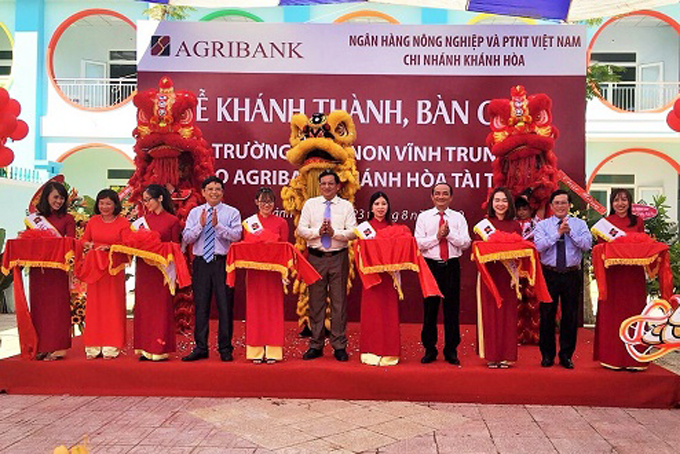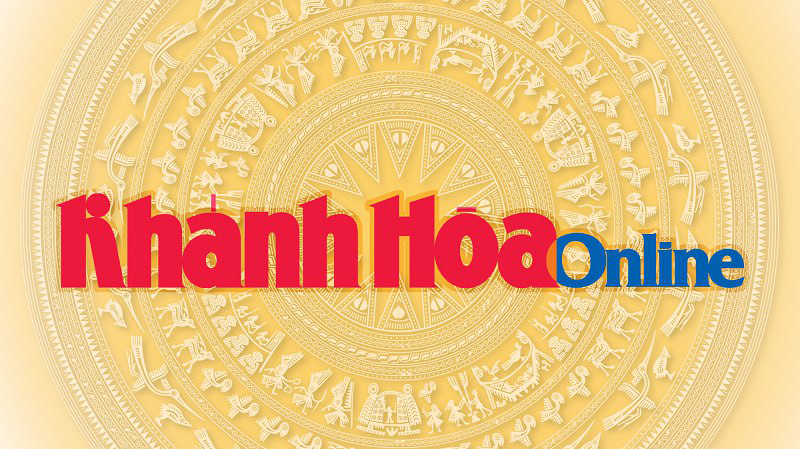Khanh Hoa People's Committee has assigned Khanh Hoa Department of Education & Training to coordinate to receive and allocate rice to the needy...
Based on the Ministry of Finance’s Decision on rice offer to help students in severely disadvantaged areas in the 2019-2020 school year, following the Government’s Decree No. 116/2016, Khanh Hoa People’s Committee has assigned Khanh Hoa Department of Education & Training to coordinate to receive and allocate rice to the needy.
Hoang Thi Ly, Vice-Director of Khanh Hoa Department of Education & Training says last school year, Khanh Hoa Province received and allocated 135,570kg of rice to students in need in 4 districts. The offer was to provide aid for poor students and thus reduce school drop-outs.
In the 2019 – 2020, Khanh Hoa Department of Education & Training has requested school leaders to conduct a survey of students in need. Accordingly, 163,755kg of rice is required to help 1,213 students in 24 schools in the 4 districts of Khanh Son, Khanh Vinh, Cam Lam and Van Ninh. Each student is offered 15kg of rice a month for 9 months in a school year. Specifically, 429 students in 9 schools in Khanh Son District; 314 in 3 schools in Khanh Vinh District; 12 students in 2 schools in Cam Lam District; and 506 students in 10 schools in Van Ninh District benefit from the assistance. The rice is distributed twice a year in early October for the first semester and early February for the second one.
There are 4 groups of recipients. The first group includes primary and junior high school students whose parents or guardians are permanently residing in severely disadvantaged communities and the children’s schools are located in severely disadvantaged communities in mountainous, coastal and island areas. Their houses are 4km or more from primary schools and 7km or more from junior high schools; or the roads to the schools are challenging. They have to cross rivers, streams without bridges, travel across high mountains or pass landslide areas to get to school.
The second one includes primary and junior high school students whose parents or guardians are permanently residing in communes in the region III, severely disadvantaged villages in ethic minority or mountainous areas. Their houses are 4km or more from primary schools and 7km or more from junior high schools; or roads to the schools are challenging. They have to cross rivers, streams without bridges, travel across high mountains or pass landslide areas to get to school.
The third one includes senior high school students whose parents or guardians are permanently residing in communes in the region III, severely disadvantaged villages in ethic minority or mountainous, coastal or island areas. Their houses are 10km or more from schools; or the roads to school are challenging. They have to cross rivers, streams without bridges, travel across high mountains or pass landslide areas to get to school.
The fourth one includes senior high school students of Kinh ethnic group whose parents or guardians are poor, permanently residing in communes in the region III, severely disadvantaged villages in ethic minority or mountainous areas, coastal or island areas. Their houses are 10km or more from school; or the roads to school are challenging. They have to cross rivers, streams without bridges, travel across high mountains or pass landslide areas to get to school.
Tieu Mai
Translated by N.T










